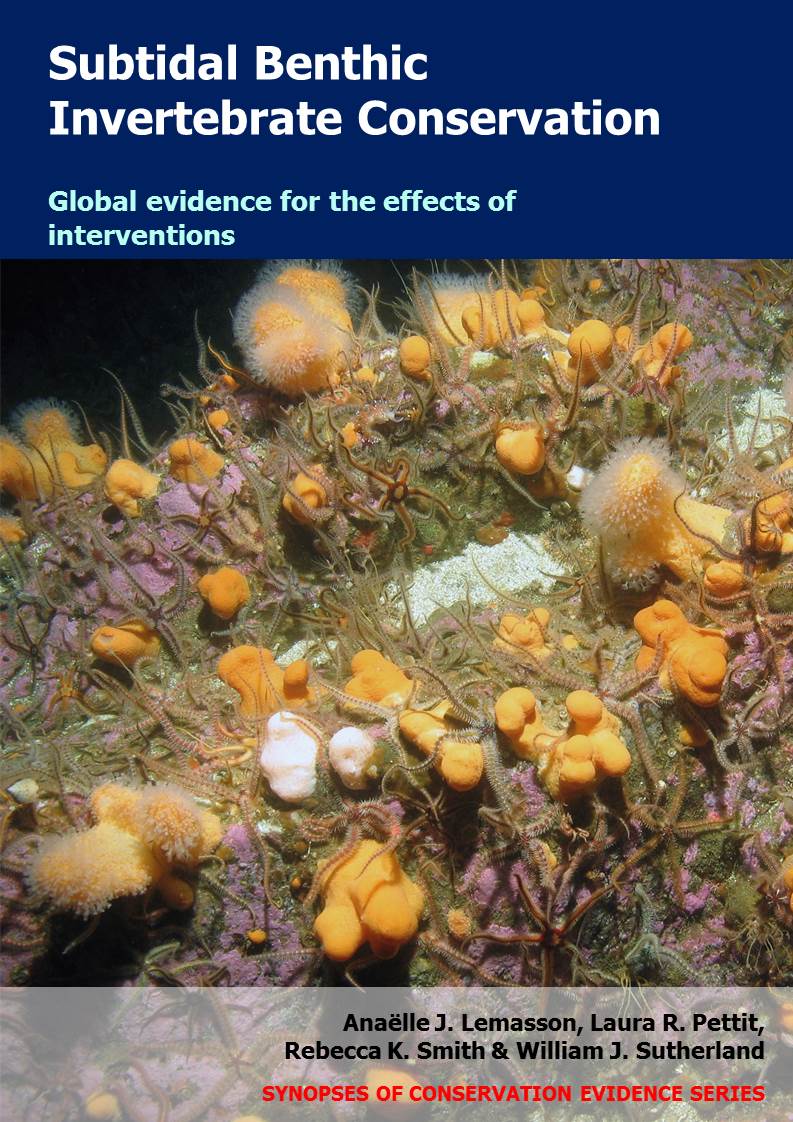Remove and relocate habitat-forming (biogenic) species before onset of impactful activities
-
Overall effectiveness category Unknown effectiveness (limited evidence)
-
Number of studies: 1
View assessment score
Hide assessment score
How is the evidence assessed?
-
Effectiveness
55% -
Certainty
20% -
Harms
0%
Study locations
Supporting evidence from individual studies
A replicated, paired, controlled study in 2012–2013 of 24 plots in six sites of maërl bed in the Fal Estuary, southwest England, UK (Sheehan et al. 2015) found that plots where maërl bed habitat had been temporarily removed then relayed had fewer invertebrate species, reduced abundance, and a different community composition, compared to plots of undisturbed maërl, after five weeks but not after 44 weeks. After five weeks, the removed-relayed plots had fewer species (54 species/core) and lower abundance (155 individuals/core) compared to undisturbed maërl plots (species: 94; abundance: 282), and a different community composition (community data presented at statistical model results and graphical analyses). After 44 weeks, species richness and abundance were similar in the removed-relayed plots (species: 93; abundance: 263) and the undisturbed maërl plots (species: 91; abundance: 178), and community compositions were similar. Dredging of shipping lanes was planned in Falmouth Harbour. This trial study aimed to assess the feasibility of removing and relaying maërl as a mitigation action prior to dredging. Four 5 m2 plots were selected at each of six sites. One of two treatments was attributed to each plot: maërl removed then relayed, undisturbed maërl (representing natural maërl where no dredging for shipping lane occurred). In September 2012, the top 0.3 m of maërl was dredged from the removed-relayed plots and relayed to its original position 12 h later (to mimic the duration of shipping lane dredging). Five maërl samples were collected using a hand corer (25 cm length, 10 cm diameter) from one plot/treatment/site after five and 44 weeks. Invertebrates associated with maërl habitat (>0.5 mm) were counted.
Study and other actions tested
Where has this evidence come from?
List of journals searched by synopsis
All the journals searched for all synopses
This Action forms part of the Action Synopsis:
Subtidal Benthic Invertebrate Conservation





)_2023.JPG)














